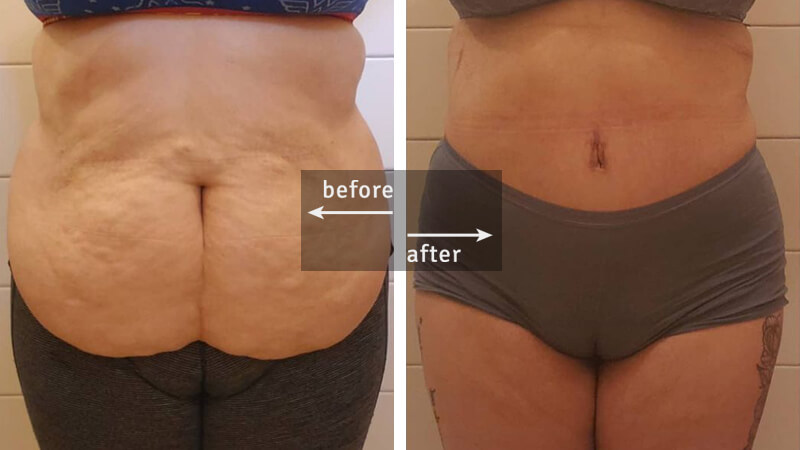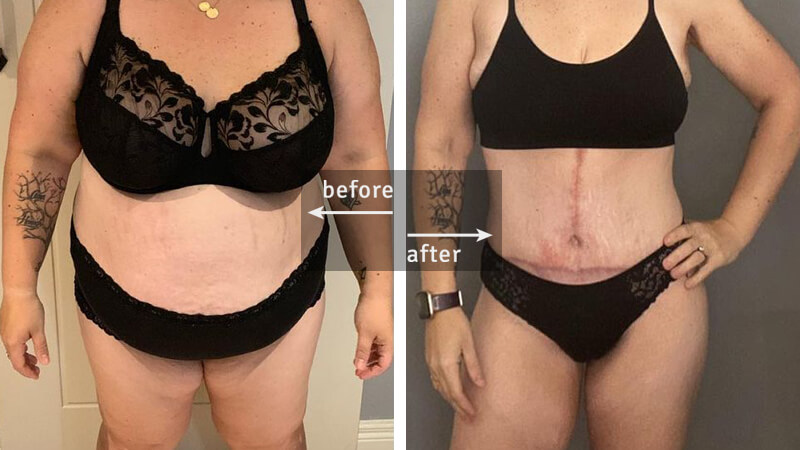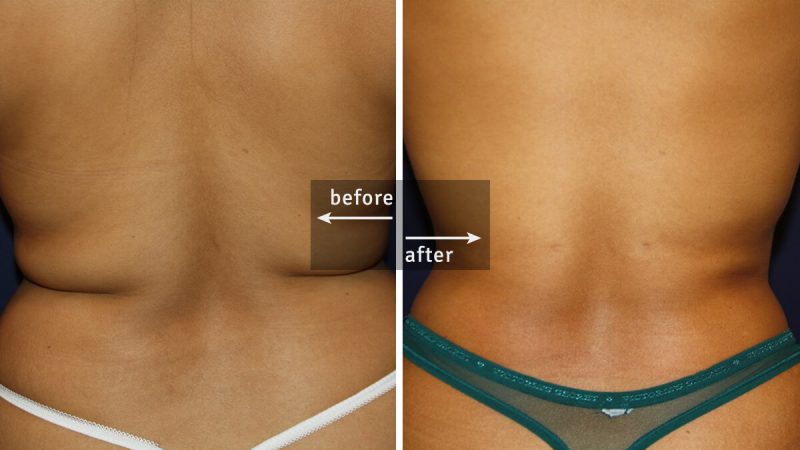Tummy Tuck Surgery (Abdominoplasty) Before and After Pictures and Facts
After pregnancy, weight gain and weight loss many people are being faced with a problem of loose skin on their tummy. Even when you work hard at exercising and physiotherapy to improve your muscle separation and tighten your tummy skin, results are far from being satisfactory for you. Sometimes things get even worse. Here helps the procedure of plastic surgery, which is called abdominoplasty or tummy tuck surgery, often along with liposuction and muscle repairing.
What should you know before and after taking the tummy tuck cosmetic surgery procedure?
before
1. A tummy tuck won’t make you drop weight.
Tummy tucks should not be thought of as a weight loss procedure, but rather as a contouring procedure.
2. There are a few different types of scars.
Your scar size and location will depend on the type of abdominoplasty you need. With a full tummy tuck, the incision will likely be made as low on the abdomen as possible so any scar will sit below your hip line and be hidden by your underwear or bikini bottoms.
3. It isn’t cheap, and insurance likely won’t cover it.
According to the ASAPS Cosmetic Surgery National Data Bank statistics, the 2019 national average fees per tummy tuck procedure was $6,173. Typically, a tummy tuck is considered a cosmetic procedure and is not covered by insurance. Also you must be ready to spend money on pre-op and post-op medical supplies.
4. It’s important to do your research before choosing a surgeon.
American Board of Medical Specialties (ABMS) recognizes only one plastic surgery board—the American Board of Plastic Surgery (ABPS). Make sure your doctor is certified by the ABPS. Many doctors likely have gone through some training, and some may be very capable surgeons, but if they are not certified by the ABPS, they are not plastic surgeons.
5. Don’t freak out if your surgeon recommends liposuction too.
When skin from the upper abdomen gets pulled down, it can lead to an unnatural bulge on the hips or a lack of definition. In order to get the best results, many surgeons use liposuction or fat-to-fat grafts to help them reshape and contour the area. However, liposuction is a separate procedure from the tummy tuck, which means it will have its own added cost, risks, and recovery factors.



after
1. You’ll need help at home for the first week.
Most tummy tucks are outpatient surgeries, which means you’ll go home right after the procedure and will need to have someone there to help you for the first few days, if not a full week.
2. You’ll likely be bent over at the waist for the first few days (or longer).
One result of your stomach muscles being tightened, excess skin removed, and remaining skin pulled taut is that you’ll probably be significantly bent over for the first few days—or even weeks.
3. Full recovery from tummy tuck surgery usually takes between six and eight weeks.
During this time you are required to wear a light support garment. It’s likely you will need help with daily chores during the first week to avoid putting unnecessary strain on the lower abdominal area. In the first six weeks you should avoid any strenuous activities.
4. It is not guaranteed you will rid of stretch marks.
Because the surgery involves pulling the skin taut and removing any excess, for some people the appearance of stretch marks can be reduced.
5. The results of tummy tuck surgery will last for many years if you maintain a healthy weight.
However, it is important to be aware that our bodies change as we get older, so you may find that your skin loses some of its elasticity. If your weight fluctuates this may be exacerbated.
6. Expect benefits beyond the cosmetic.
You’ll likely feel a lot more confident in your clothes after a tummy tuck.
Source: prevention.com





